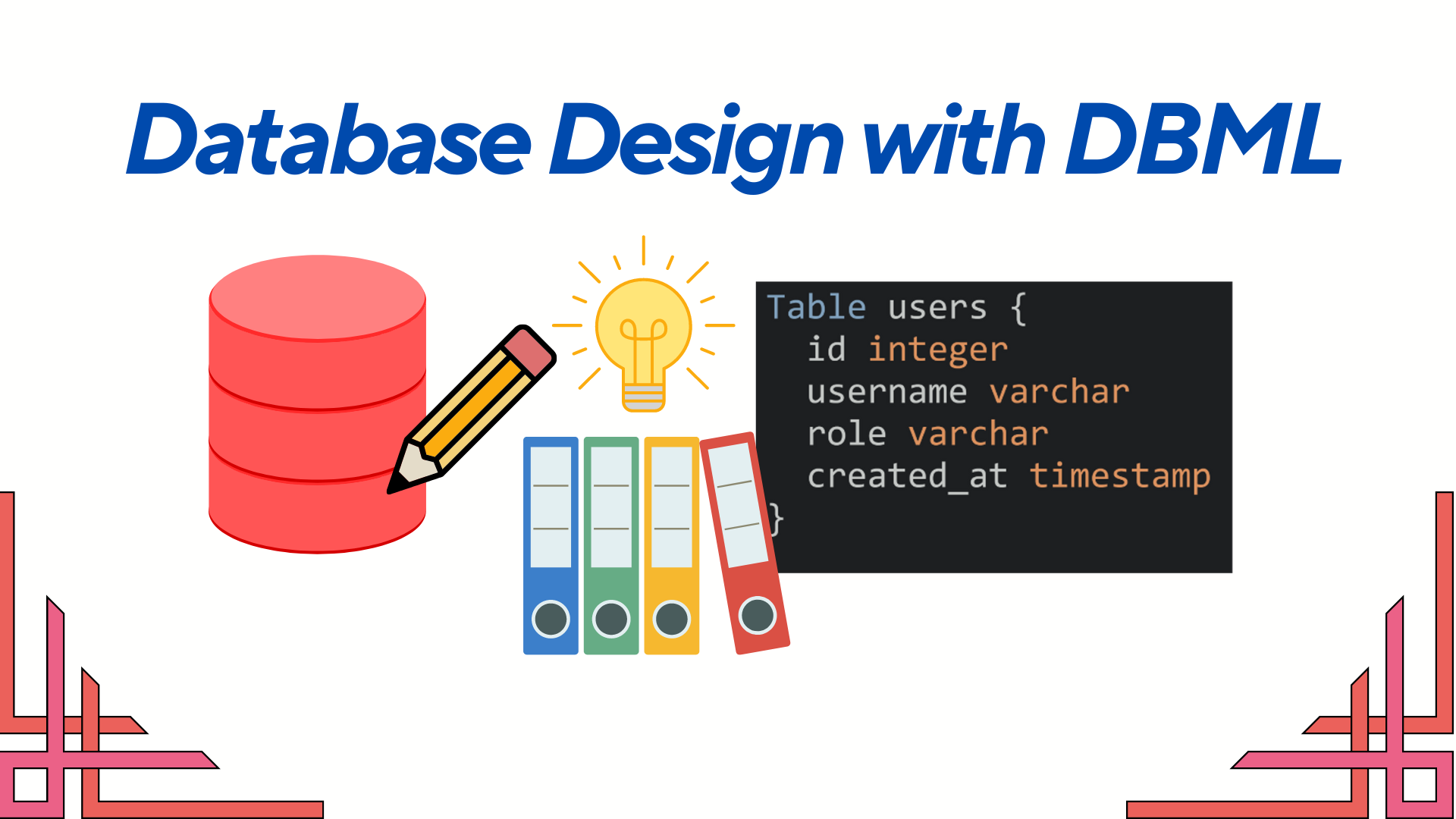Introduction
Database design is a crucial aspect of software development, as it determines how data is stored, managed, and accessed. A well-designed database ensures efficient and reliable data management, which is essential for the smooth functioning of any application. One of the latest and most promising tools for designing databases is the Database Markup Language (DBML). In this blog post, we will explore the ins and outs of DBML and learn how it can revolutionize the way we design databases.
What is DBML?
DBML, or Database Markup Language, is a simple, open-source, and human-readable language designed to define and document database structures. It is a powerful tool that allows developers to create, maintain, and visualize database schemas quickly and easily. DBML is gaining popularity due to its simplicity, versatility, and compatibility with various database management systems (DBMS) like PostgreSQL, MySQL, SQL Server, and SQLite.
Why Use DBML?
There are several reasons why DBML is becoming the go-to choice for database design:
- Simplicity: DBML’s syntax is straightforward and easy to learn. It allows developers to define tables, columns, relationships, and other database components using a minimalistic and human-readable format.
- Collaboration: DBML makes it easy for teams to collaborate on database design. Developers can share and review DBML files, ensuring that everyone is on the same page regarding the database schema.
- Version Control: DBML files can be easily tracked and managed using version control systems like Git. This allows developers to maintain a history of changes to the database schema and rollback to previous versions if needed.
- Visualization: DBML can be used to generate visual representations of the database schema, making it easier for developers to understand and communicate the structure of the database.
- Compatibility: DBML can be used with various database management systems (DBMS), allowing developers to design databases for multiple platforms using a single language.
DBML Syntax
DBML’s syntax is designed to be simple and intuitive. Let’s explore some of the basic components of DBML:
Tables
To define a table in DBML, you use the Table keyword followed by the table name and its columns enclosed in curly braces:
Table table_name { column_name column_type}For example, to define a users table with id, name, and email columns, you would write:
Table users {
id int
name varchar
email varchar
}Columns
Columns are defined within a table using their name and data type. You can also specify additional properties for each column, such as primary key, unique, not null, or default values:
Table users {
id int [pk, increment]
name varchar [not null]
email varchar [unique, default '']
}In this example, the id column is marked as a primary key (pk) and has an auto-incrementing property (increment). The name column is marked as not null, and the email column is marked as unique with a default value of an empty string.
Relationships
DBML allows you to define relationships between tables using the Ref keyword. Relationships can be one-to-one, one-to-many, or many-to-many:
Ref: table1.column_name < table2.column_name Ref: table1.column_name > table2.column_name Ref: table1.column_name - table2.column_name
For example, to define a one-to-many relationship between a users table and an orders table, you would write:
Table users {
id int [pk, increment]
name varchar
email varchar
}
Table orders {
id int [pk, increment]
user_id int
total float
}
Ref: users.id < orders.user_idTools and Integrations
There are various tools and integrations available that support DBML, such as:
- dbdiagram.io: A web-based tool that allows you to create, visualize, and share database diagrams using DBML.
- DBML VSCode Extension: A Visual Studio Code extension that provides syntax highlighting, autocompletion, and other features for working with DBML files.
- SQLDBM: An online database modeling tool that supports importing and exporting DBML files.
Conclusion
DBML is a powerful and versatile language that simplifies the process of designing and documenting database schemas. Its intuitive syntax, compatibility with various DBMS, and support for collaboration and version control make it an excellent choice for modern database design. With the growing popularity of DBML and the increasing number of tools and integrations available, it’s time to embrace DBML as the future of database design.



